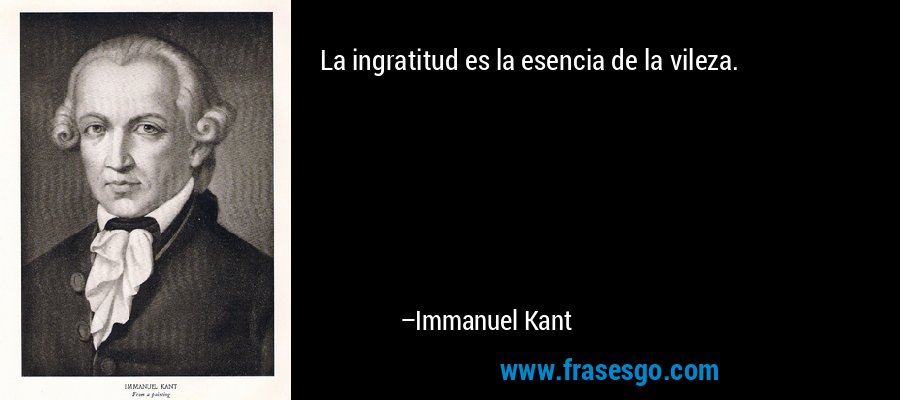Kant believed in the supremity of rational order: The more rational the being, the more a person is that being. This led to some peculiar behavior on Kant's part. He awoke every day at the same time. He insisted on having no fewer than two and no more than five guests for dinner every day at exactly one in the afternoon. After dinner he would go for a walk, back and forth exactly eight times on one street. His walk time was so regulated that it was reported townsfolk could set their clocks by him.
The University of Koenigsberg, where Kant taught philosophy, was chronically understaffed. Lacking professors, Kant was frequently asked to teach subjects he was not qualified to teach. How did Kant teach the subjects? He made it up.
Kant once received a letter from a young lady who had read his works on ethics. Prizing Kant's genius, she sought advice on what she should do about a certain problem of hers. She was engaged to marry a gentleman whom she loved, but she was not a virgin. She wanted to know whether she should tell the man or keep quiet. Kant advised her that she must tell her fiancee. The fiancee broke off the marriage. Distraught, the woman wrote to Kant again, deeply troubled over the result of her decision and admitting she was having doubts over Kant's system of ethics. She asked if she might come to Koenigsberg to meet with Kant and discuss her doubts. Although he received the letter in a timely fashion, he chose never to reply. The woman committed suicide after some time.

Se dice de Immanuel Kant que era de costumbres tan regulares que los habitantes de Königsberg aprovechaban su paso por determinados lugares para poner en hora sus relojes.
Una tarde, Kant tuvo la desagradable sorpresa de encontrarse con que el reloj de su casa se había parado. Era evidente que su criado, que tenía el día libre, se había olvidado de darle cuerda. El gran filósofo no se atrevió a ponerlo en hora porque su reloj de bolsillo estaba en reparación, y no tenía modo de saber la hora exacta. Poco después se fue caminando hasta la casa de su amigo Schmidt, un comerciante que vivía a un par de kilómetros de su casa. Al entrar en la casa de su amigo se fijó en la hora que marcaba un reloj de pared que estaba en el pórtico.
Tras pasar algunas horas en casa de Schmidt, Kant se fue y regresó a su casa por el mismo camino por el que había venido. Paseaba, como siempre, con el mismo paso constante y regular que no había cambiado en veinte años. No tenía la menor idea de cuánto había tardado en hacer el camino de regreso, pues Schmidt se había mudado recientemente y Kant no había cronometrado aún el trayecto. Sin embargo, apenas llegó a su casa, puso el reloj en hora. ¿Cómo pudo saber Kant qué hora era exactamente?
Kant le dio cuerda a su reloj antes de salir, así que al regresar pudo de una ojeada saber cuánto tiempo había estado ausente. De este tiempo restó el que había pasado con Schmidt (que pudo calcular observando la hora de entrada y de salida en el reloj de la casa de Schmidt). De esta forma supo el tiempo total que había estado caminando. Como regresó por el mismo camino y a la misma velocidad, dividió por entre dos el tiempo total que estuvo caminando, averiguando así cuánto tardó en regresar a casa. Sumando esta cantidad con la hora de salida de la casa de Schmidt, consiguió saber a qué hora llegó a casa y, por lo tanto, poner dicha hora en su reloj.

No hay comentarios:
Publicar un comentario